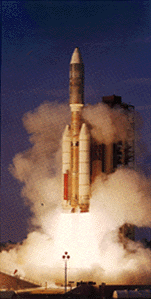Viking 1 leaves for Mars.
NASA
Viking
The Viking missions to Mars were part of a series of U.S. efforts to explore and better understand the red planet. Each of the two Viking spacecrafts consisted of an orbiter and lander.
The landers were sterilized before launch to prevent
contamination of Mars with organisms from Earth. Their objectives were to obtain highly detailed pictures of the Martian surface, learn about its composition, and search for life.
Viking 1 was launched on Aug. 20, 1975, followed by Viking 2 on Sep. 9 of the same year. The two orbiters mapped the entire surface of Mars with excellent detail. Each landed safely but found no evidence of life in the soil or atmosphere.
The Viking missions did discover ice on Mars which makes it possible that life existed there many years ago. They also learned a great deal about Martian weather and their close-up images reveal interesting geologic features.
Some of the data returned from these two spacecraft are shown in the image archive below. With this data, scientists began to make educated guesses about what the interior, surface history, and evolution of Mars must be.
You might also be interested in:
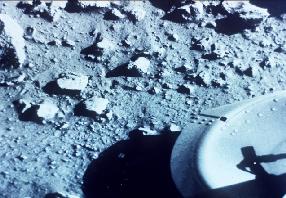
The Viking I and Viking 2 missions were to both orbit Mars and land on the planet's surface. There were two spacecraft for each mission. At this stage in the history of the exploration of Mars, scientists
...more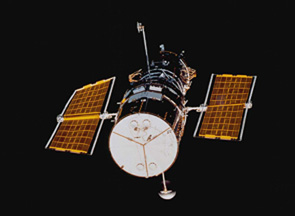
The Hubble Space Telescope (HST) is really neat! It was first launched in 1990, but scientists started building it in the 1970's! We have found all kinds of objects like stars, nebulae and galaxies. The
...more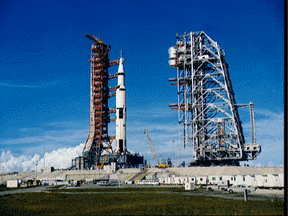
Apollo 11 was the first mission that landed a person on the moon. On July 16, 1969, the U. S. rocket Saturn 5 was launched carrying the lunar landing module Eagle. The Eagle was released and it reached
...more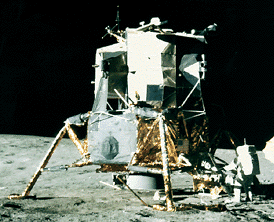
Apollo 12 was launched on Nov. 14, 1969 and arrived at the Moon three days later. Astronauts Charles Conrad and Alan Bean descended to its surface, while Richard Gordon remained in lunar orbit aboard the
...more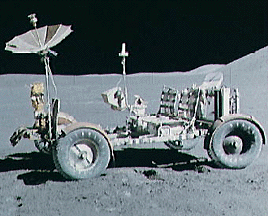
Apollo 15 marked the start of a new series of missions from the Apollo space program, each capable of exploring more lunar terrain than ever before. Launched on July 26, 1971, Apollo 15 reached the Moon
...more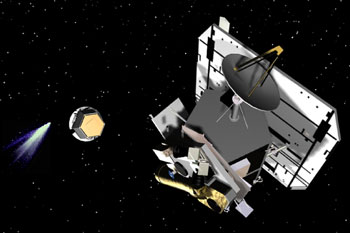
NASA chose Deep Impact to be part of a special series called the Discovery Program. This program is for cheap, scientific projects. In May 2001, NASA said it was ok to start with mission development for
...more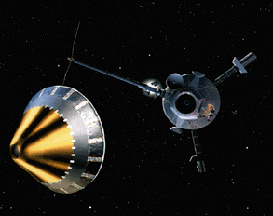
Galileo was a spacecraft that orbited Jupiter for eight years. It made many discoveries about Jupiter and its moons. Galileo was launched in 1989, and reached Jupiter in 1995. The spacecraft had two parts.
...more


